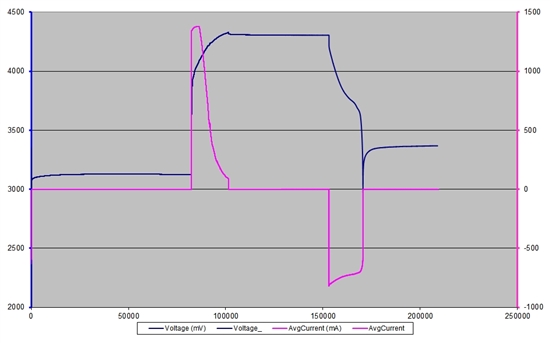Hello
I am using a bq27510 and the bq easy gas gauge evaluation system to create the Golden file, and I have done the learning cycles correctly and have waited the correct times for each cycle. However, when the 4th step is finished, I get an error message saying: "Dataflash.GasGauging.State.UpdateStatus does NOT = 2. Impedance track learning cycle was not completed correctly. Verify procedure and repeat." What am I doing wrong??


